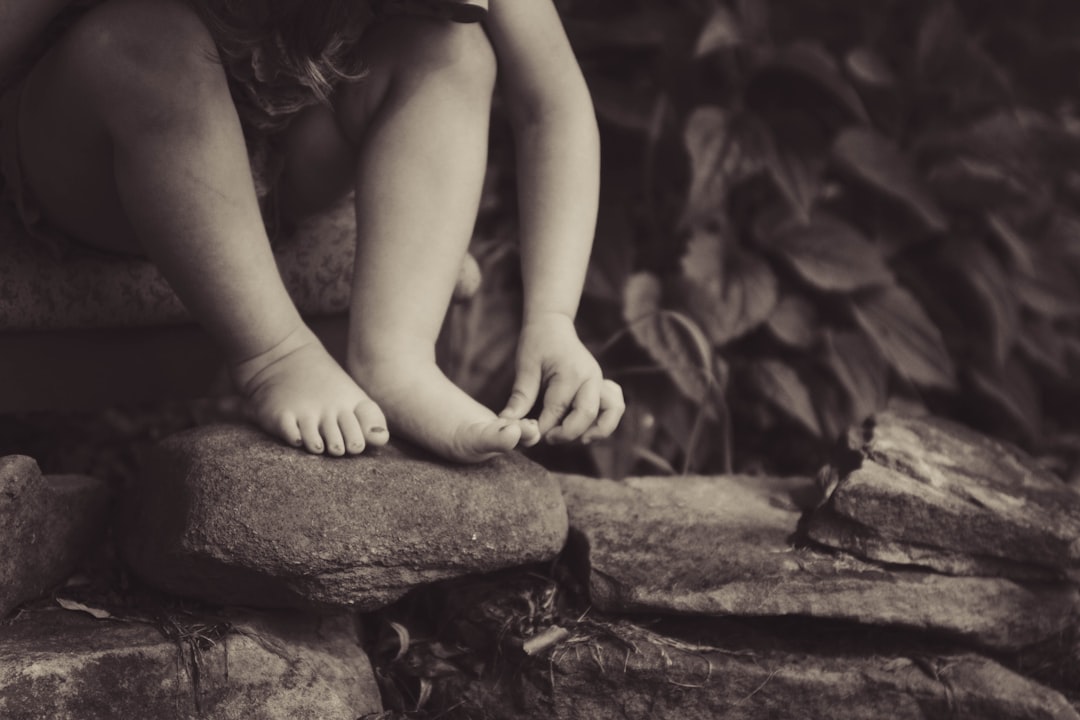Studio Ghibli, the renowned Japanese animation studio, has carved a unique niche in the world of cinema since its inception in 1985. Founded by visionary filmmakers Hayao Miyazaki and Isao Takahata, the studio has produced a remarkable array of animated films that resonate with audiences of all ages. The enchanting worlds created by Studio Ghibli are characterized by their lush visuals, intricate storytelling, and profound themes that often explore the complexities of human emotions, nature, and the passage of time.
Films such as “Spirited Away,” “My Neighbor Totoro,” and “Princess Mononoke” have not only garnered critical acclaim but have also won numerous awards, including the Academy Award for Best Animated Feature. The studio’s distinctive style is marked by hand-drawn animation, which imbues each frame with a sense of warmth and authenticity that is often lost in the digital age. The meticulous attention to detail in character design and background art creates immersive environments that invite viewers to lose themselves in fantastical realms.
Moreover, Studio Ghibli’s commitment to storytelling transcends cultural boundaries, allowing its films to resonate with a global audience. The themes of friendship, courage, and environmentalism are universal, making Ghibli’s works timeless treasures that continue to inspire generations.
Key Takeaways
- Studio Ghibli is a renowned Japanese animation film studio known for its captivating storytelling and stunning visuals.
- Many people have fond memories of watching Studio Ghibli films during their childhood, which left a lasting impact on their imagination and creativity.
- Studio Ghibli films have taught valuable lessons about love, friendship, and the importance of preserving nature.
- Revisiting Studio Ghibli films can evoke a sense of nostalgia and bring back cherished memories from the past.
- It is important to pass on the legacy of Studio Ghibli by introducing the films to new generations and preserving the magic of their storytelling.
Early Memories of Studio Ghibli Films
Reflecting on early encounters with Studio Ghibli films often evokes a sense of wonder and nostalgia. For many, the first experience of watching a Ghibli film is akin to stepping into a dreamlike world where the ordinary transforms into the extraordinary. The gentle introduction to characters like Totoro, with his fluffy exterior and kind demeanor, creates an immediate connection that lingers long after the credits roll.
The film “My Neighbor Totoro,” released in 1988, serves as a perfect example of this enchanting experience. Its portrayal of childhood innocence and the bond between siblings resonates deeply, evoking memories of carefree days spent exploring nature. Another significant memory for many fans is the first time they watched “Spirited Away.” The film’s protagonist, Chihiro, embarks on a journey through a mystical spirit world that challenges her courage and resilience.
The vivid imagery and imaginative creatures encountered along the way leave an indelible mark on viewers. The film’s ability to blend elements of fantasy with profound life lessons creates a captivating narrative that stays with audiences long after they leave the theater. These early memories often serve as gateways into a broader appreciation for animation as an art form, igniting a passion for storytelling that transcends age.
Impact on Imagination and Creativity

The impact of Studio Ghibli films on imagination and creativity is profound and far-reaching. The studio’s ability to craft intricate worlds filled with fantastical creatures and rich landscapes encourages viewers to explore their own creativity. For instance, films like “Howl’s Moving Castle” and “Castle in the Sky” invite audiences to envision their own adventures in magical realms where anything is possible.
Moreover, the narratives often challenge conventional thinking and inspire innovative ideas. Characters like Sophie from “Howl’s Moving Castle,” who transforms from a timid young woman into a confident individual through her experiences, exemplify personal growth and self-discovery.
This theme resonates with audiences, encouraging them to embrace their own journeys of transformation. The visual storytelling techniques employed by Studio Ghibli also play a crucial role in fostering creativity; the seamless integration of music, sound design, and animation creates an immersive experience that captivates the senses and inspires artistic expression.
Lessons Learned from Studio Ghibli
The lessons embedded within Studio Ghibli films are as diverse as their narratives themselves. One of the most prominent themes is the importance of environmental stewardship. Films like “Princess Mononoke” highlight the delicate balance between humanity and nature, urging viewers to reflect on their relationship with the environment.
The character of Ashitaka embodies this struggle as he seeks to understand both sides of the conflict between industrialization and nature. This narrative encourages audiences to consider their own impact on the planet and fosters a sense of responsibility toward ecological preservation. Additionally, themes of friendship and compassion are woven throughout many Ghibli films.
In “Spirited Away,” Chihiro’s interactions with various spirits teach her about empathy and understanding. The relationships she forms throughout her journey emphasize the significance of kindness in overcoming adversity. These lessons resonate deeply with viewers, reminding them of the power of connection and support in navigating life’s challenges.
Studio Ghibli’s ability to convey such profound messages through engaging storytelling ensures that these lessons remain relevant across generations.
Nostalgia and Revisiting Studio Ghibli Films
Nostalgia plays a significant role in the enduring appeal of Studio Ghibli films. For many individuals, revisiting these beloved classics evokes cherished memories from childhood or significant moments in their lives. The familiar melodies composed by Joe Hisaishi transport viewers back to simpler times when they first encountered these enchanting stories.
Each film serves as a time capsule, preserving not only the artistry of animation but also the emotions tied to those experiences. Rewatching films like “Kiki’s Delivery Service” or “The Wind Rises” often reveals new layers of meaning that may have gone unnoticed during earlier viewings. As audiences grow older, they may find themselves relating to different aspects of the characters’ journeys or recognizing themes that resonate more profoundly with their current life circumstances.
This evolving relationship with Ghibli films enhances their timeless quality, allowing them to remain relevant and impactful regardless of age or life stage.
Passing on the Legacy of Studio Ghibli

Inspiring a New Generation of Artists
Aspiring animators often cite Studio Ghibli as a source of inspiration in their creative pursuits. The studio’s commitment to hand-drawn animation serves as a reminder of the artistry involved in traditional techniques amidst an increasingly digital landscape. Workshops, art classes, and online communities dedicated to Ghibli-inspired art encourage budding artists to explore their creativity while paying homage to the studio’s legacy.
A Beacon of Creativity and Imagination
Studio Ghibli stands as a beacon of creativity and imagination in the world of animation. Its films not only entertain but also educate and inspire audiences across generations. Through early memories, imaginative exploration, valuable life lessons, nostalgic revisits, and the passing down of its legacy, Studio Ghibli continues to shape our understanding of storytelling and art in profound ways.
A Lasting Impact on Storytelling and Art
In conclusion, Studio Ghibli’s legacy is a testament to the power of animation to inspire, educate, and bring people together. As a cultural phenomenon, it continues to inspire new generations of artists, filmmakers, and storytellers, ensuring that its magic endures for years to come.
Growing Up with Studio Ghibli – How These Films Shaped My Childhood is a nostalgic reflection on the impact of beloved animated films on one’s formative years. For a deeper exploration of the concept of equality of educational opportunity, readers may find this article to be enlightening. It delves into the complexities of education inequalities and social justice, shedding light on the importance of providing equal opportunities for all students.
FAQs
What is Studio Ghibli?
Studio Ghibli is a Japanese animation film studio known for its critically acclaimed and commercially successful anime films. It was founded in 1985 by directors Hayao Miyazaki and Isao Takahata, and has since produced a number of beloved animated movies.
What are some popular Studio Ghibli films?
Some popular Studio Ghibli films include “My Neighbor Totoro,” “Spirited Away,” “Princess Mononoke,” “Howl’s Moving Castle,” “Kiki’s Delivery Service,” and “Ponyo,” among others. These films are known for their captivating storytelling, beautiful animation, and memorable characters.
How have Studio Ghibli films impacted childhoods?
Studio Ghibli films have had a significant impact on many people’s childhoods, as they often feature themes of friendship, courage, and environmentalism. The imaginative and magical worlds depicted in these films have inspired creativity and a sense of wonder in children and adults alike.
What are some common themes in Studio Ghibli films?
Some common themes in Studio Ghibli films include the importance of nature and the environment, coming-of-age experiences, the power of friendship, and the resilience of the human spirit. These themes resonate with audiences of all ages and have contributed to the enduring popularity of Studio Ghibli films.
How have Studio Ghibli films influenced the animation industry?
Studio Ghibli films have had a significant influence on the animation industry, both in Japan and around the world. Their unique storytelling style, attention to detail in animation, and ability to appeal to a wide audience have set a high standard for animated films and inspired many other animators and filmmakers.






















+ There are no comments
Add yours